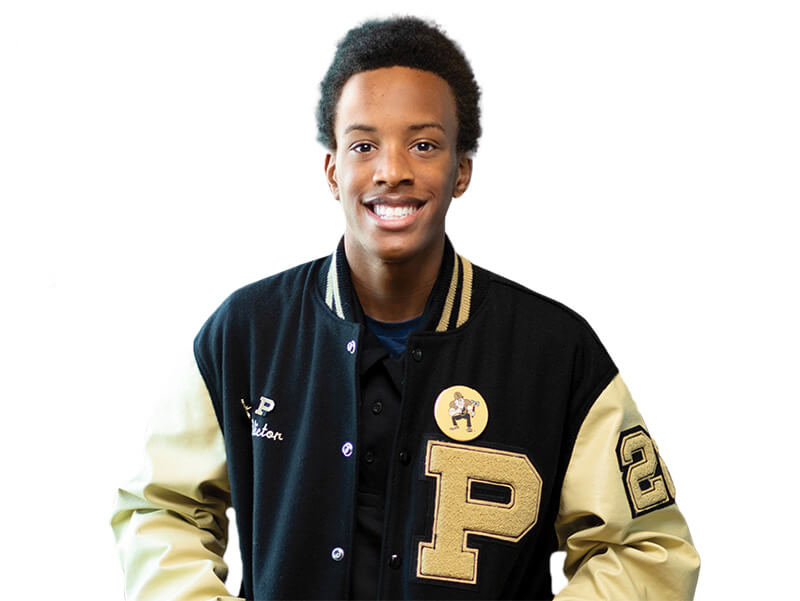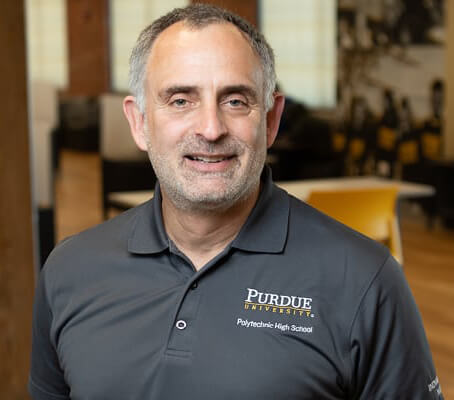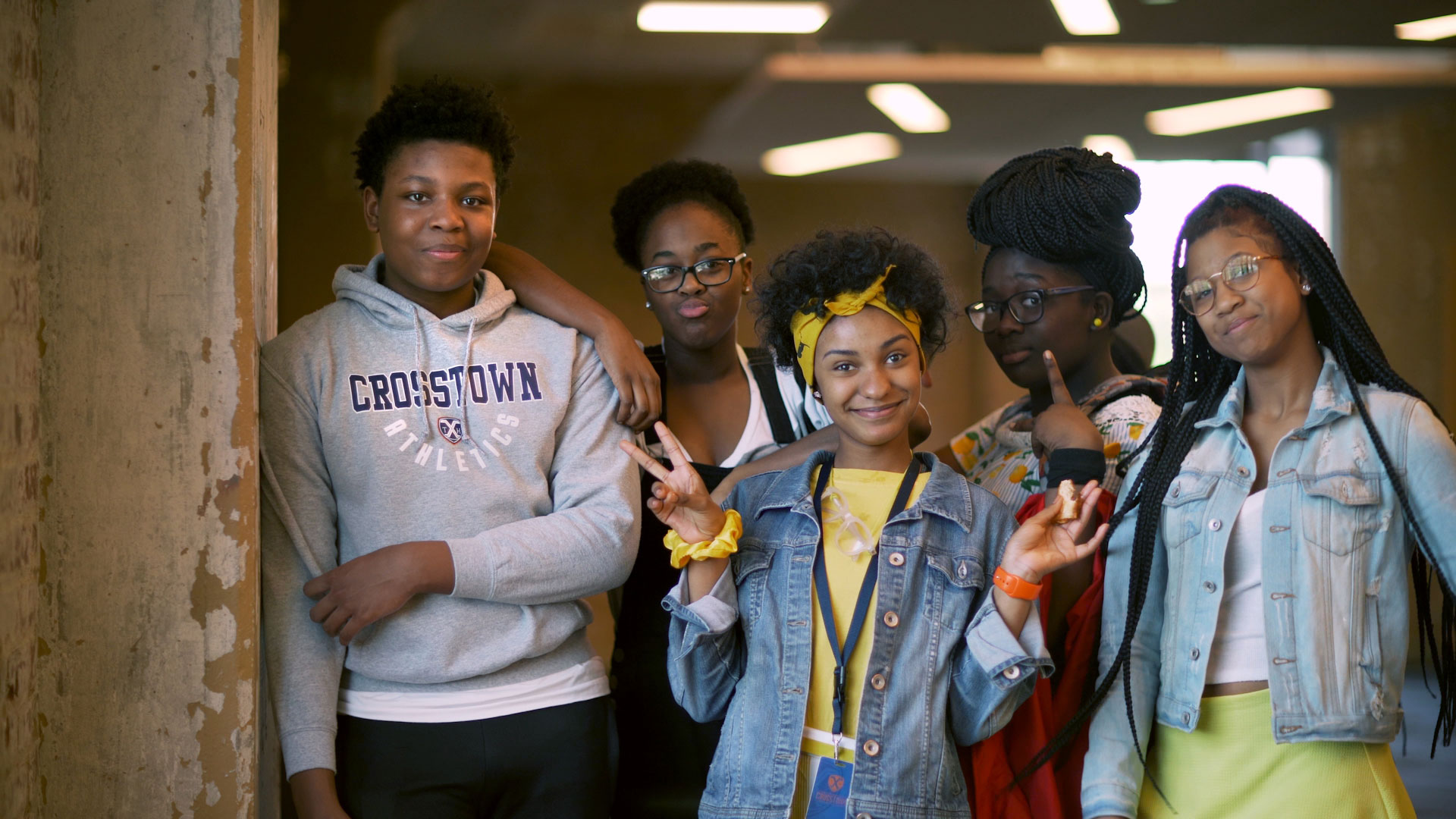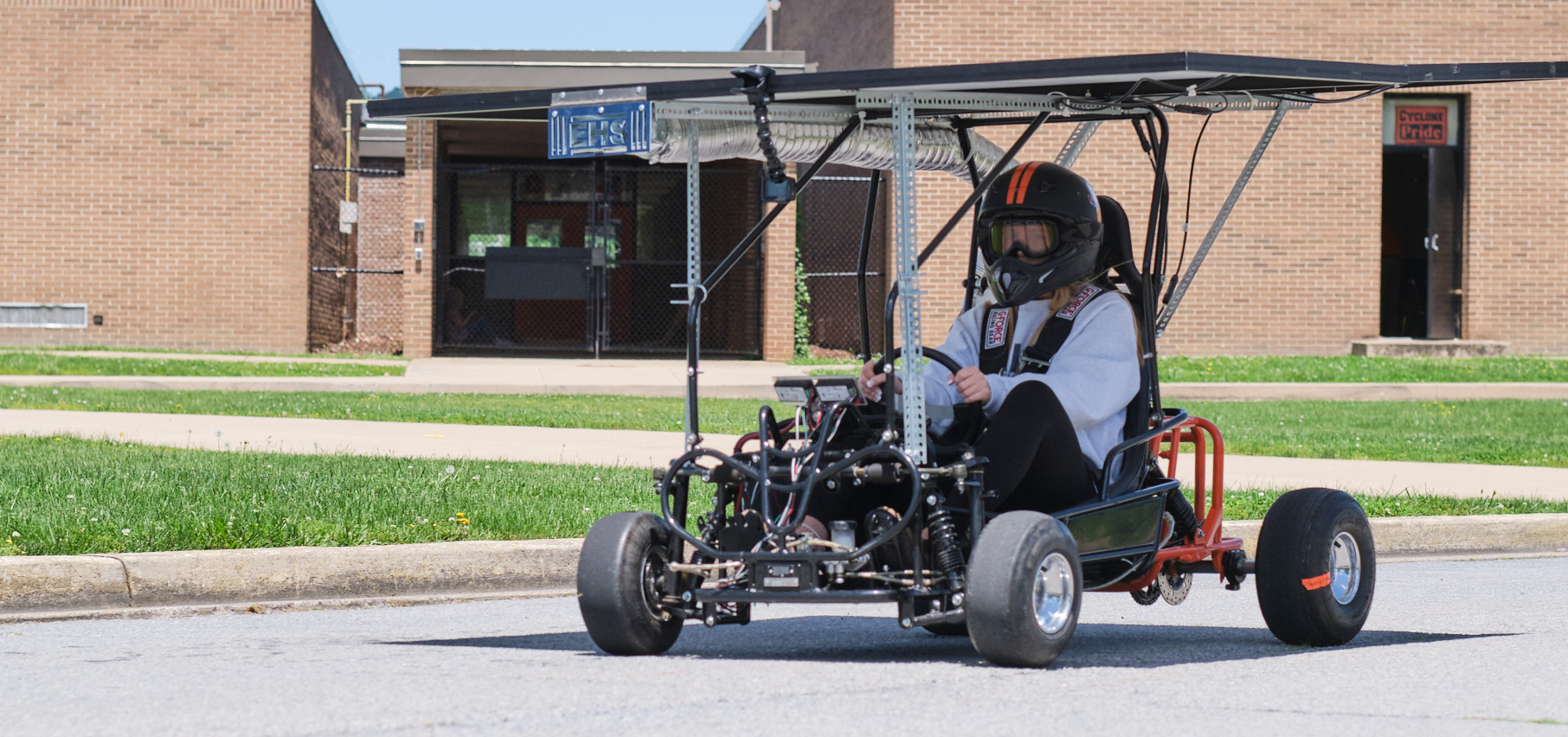PPHS is showing what it means to change the high school experience to meet the needs of today’s students through smart use of time, space, and tech. Instead of a traditional single-subject schedule, every eight weeks students choose their learning pathways while working on authentic single-disciplinary and interdisciplinary projects with local and regional industry partners. PPHS learning opportunities have connected students with companies like Subaru, Eli Lilly, Republic Airlines, United Way, the Indianapolis Star, and Eskenazi Health.
Through a blend of technology and design thinking, projects teach students how to research problems, design solutions, collaborate with peers, create prototypes, and pitch their ideas. For example, students met with public transportation officials to develop community-centered solutions, using what they learned about the history and impacts of population density, interstate construction, and housing practices. Students also take classes and earn dual enrollment credits at Purdue University and other local colleges.
Class of 2022 graduate Victor said he was always intrigued by aviation but discovered a new interest in finance through research projects at PPHS. “I learned how school finance works, how tax dollars flow through schools to help us succeed and learn,” he explained.
More than 900 students attend the three PPHS charter high school campuses, two in Indianapolis and one in South Bend. The PPHS schools have been so successful that they’ve more than doubled the average number of public school graduates from Indianapolis who enroll at Purdue University each fall.





